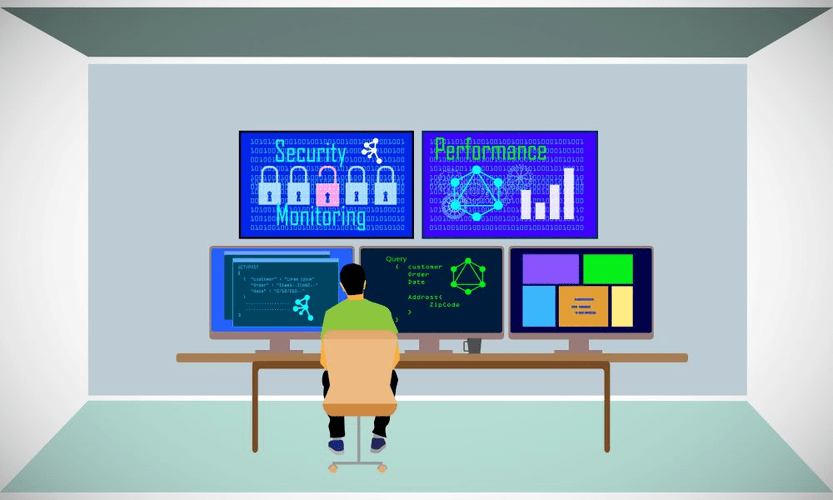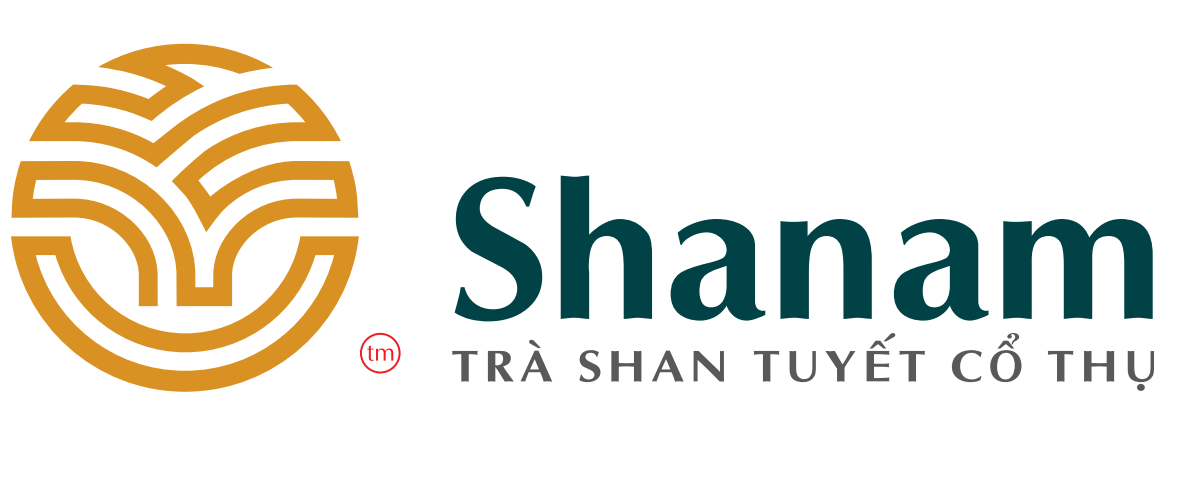devsecopsmaturitymodel DevSecOps-MaturityModel
Easily onboard your developers and start scanning code in minutes, while enabling your security teams to track and manage AppSec testing activities and risks across thousands of apps. DevOps is an approach to software development that centers on three pillars—organizational culture, process, and technology and tools. All three are geared toward helping development and IT operations teams work collaboratively to build, test, and release software in a faster, more agile, and more iterative manner than traditional software development processes.

By integrating the best security- and quality-focused best practices at the earliest stages and throughout all stages of the development cycle, DevSecOps teams cultivate customer trust. The continual mitigation of vulnerabilities establishes the foundation for retaining customers, maintaining a good business reputation, and increasing sales. Alignment of needs with workflows occurs through careful consideration of the DevSecOps tools list and how each type of tool fits within the purpose of each stage of the DevSecOps software development pipeline. For example, tools for design and threat modeling align with the design stage while repository controls and code reviews match with the development stage.
Products
Development, the “dev” section of DevSecOps, is a vital part of an engineer’s everyday work. When you notice a vulnerability in your company’s security system, it is your responsibility (along with the team of DevOps engineers) to fix it — even if that means writing the solution yourself. Finally, most DevSecOps engineers do not jump directly into this position — in fact, almost none of them do! The world of cyber security is high-pressure and fast-paced all the time, and learning concepts in the classroom isn’t always enough preparation for on-the-job success.
The course provides insights into the principles of DevSecOps, highlighting the importance of merging development, security, and operations for efficient and secure software delivery. Fortunately, DevSecOp’s emphasis on incorporating security at every stage is proving to be a more secure approach to https://www.globalcloudteam.com/ development while meeting the velocity of today’s rapid release cycle. The DevSecOps Platform Independent Model (PIM) enables organizations to implement DevSecOps in a secure, safe, and sustainable way in order to fully reap the benefits available from DevSecOps principles, practices, and tools.
Join over 3,400 global companies that choose Coursera for Business
Integrating tools from different vendors into the continuous delivery process is a challenge. DevOps culture is a software development practice that brings development and operations teams together. It uses tools and automation to promote greater collaboration, communication, and transparency between the two teams. As a result, companies reduce software development time while still remaining flexible to changes. Software teams become more aware of security best practices when developing an application. They are more proactive in spotting potential security issues in the code, modules, or other technologies for building the application.
- This report dives into the strategies, tools, and practices impacting software security.
- If you want to take full advantage of the agility and responsiveness of DevOps, IT security must play a role in the full life cycle of your apps.
- The three different types of AppSec tools have the purpose of detecting, repairing, and preventing security vulnerabilities at the application level.
- Such businesses may perceive DevSecOps as a process in which they first develop the application, then test it for security in a staging environment, and then deploy it in production.
- Remember, Agile is a mindset; its encompassed values promote a cultural shift in the organization and its departmental functions, project management practices, and product development.
- The first set of videos will provide an overview of popular DevSecOps tools, a deep dive into using static and dynamic security analysis tools, and insights into leveraging container security tools.
- Whether you call it “DevOps” or “DevSecOps,” it has always been ideal to include security as an integral part of the entire app life cycle.
This means that IT developers will not necessarily need to have a holistic or complete knowledge of security practices or be experts in security practice implementation. Furthermore, automating many of your security processes or standards will help your DevSecOps teams work to cover additional duties in less time. This is a great way to cut down on costs and make the most of available manpower. In IT security devsecops software development lingo, moving your security work to the left means moving your security tasks to earlier stages of the development cycle. Basically, if DevOps concerns itself more with the development and consistent output of software and the development lifecycle, SecOps focuses more on security. SecDevOps is better than DevSecOps because it describes a mindset where everyone involved in DevOps understands security.
Explore DevSecOps jobs
When software is developed in a non-DevSecOps environment, security problems can lead to huge time delays. The rapid, secure delivery of DevSecOps saves time and reduces costs by minimizing the need to repeat a process to address security issues after the fact. DevSecOps represents a natural and necessary evolution in the way development organizations approach security. In the past, security was ‘tacked on’ to software at the end of the development cycle (almost as an afterthought) by a separate security team and was tested by a separate quality assurance (QA) team.

This fosters a culture where security is built in by default rather than bolted on at the end of a project. Hasan Yasar and Eric Bram discussed how the continuous aspect of communication and collaboration among developers and information security teams reinforces core DevOps principles. This webcast covered the implementation of an automated, continuous risk pipeline that demonstrates how cyber-resiliency and compliance risk can be traced to and from DevSecOps teams working in the SDLC program and project levels. Learn about reference architectures and use cases for architectural design principles on continuous integration (CI), continuous delivery/deployment (CD), and continuous authorization (CA) tools and practices. We offer training, mentoring, and engineering support for organizations that are new to DevSecOps or that are looking to optimize their techniques. Our experts can help you apply DevOps to your organization’s development, testing, and operational processes and create synchronous environments that enable you to deploy new capabilities and update current features securely.
Automation compatible with modern development
Software teams use DevSecOps to comply with regulatory requirements by adopting professional security practices and technologies. For example, software teams use AWS Security Hub to automate security checks against industry standards. Shifting left allows the DevSecOps team to identify security risks and exposures early and ensures that these security threats are addressed immediately. Not only is the development team thinking about building the product efficiently, but they are also implementing security as they build it.

Once the application ages and customers seek improvements, though, the patches can become barriers to serving customer needs through code expansions or other services. DevSecOps follows the template that the creation of DevOps established for modern, agile software development. Today, development and IT operations teams work, and software development lifecycle (SDLC) processes align.
Difficulties of DevSecOps Methodologies and Solutions
The shift from project- to program-level thinking raises numerous challenges to DevSecOps implementation. Engagements with our strategic advisers who take a big-picture view of your organization, analyze your challenges, and help you overcome them with comprehensive, cost-effective solutions. This approach also allows teams to perform self assessment with changes tracked in a repository. For example, each component such as application libraries and operating system libraries in docker images can be tested for known vulnerabilities.

With no way to consolidate or correlate results from different security tests, security and DevOps teams spend too much time determining what needs to be fixed first. This is likely one of the reasons why nearly three-quarters of respondents note that their organizations can take anywhere from two weeks to a month to patch known critical vulnerabilities. Remember, Agile is a mindset; its encompassed values promote a cultural shift in the organization and its departmental functions, project management practices, and product development. One month before the release, a security team jumps in and starts to review the whole codebase and the whole infrastructure. After the review, they pointed out that due to company policies, no S3 bucket should be open to the public internet; they should all be private.


